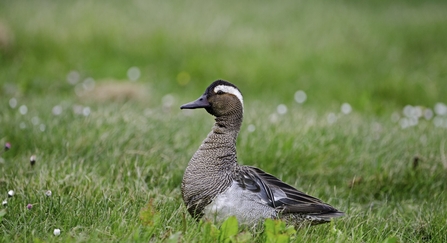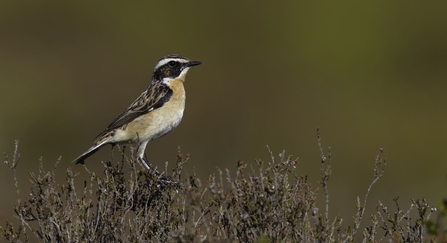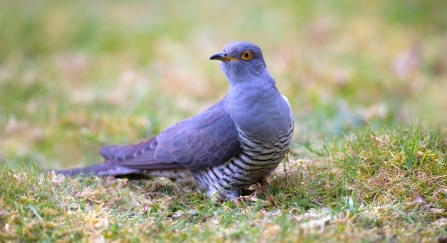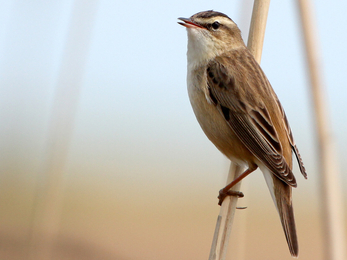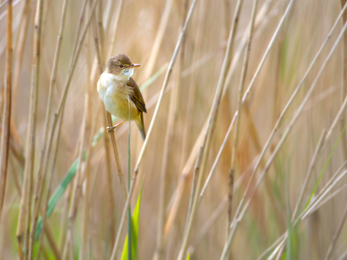Summer is definitely here, but the spring migration of warblers and other migrating bird species is one to remember!
After our winter visitors: wigeon, teal and shoveler departed for their overseas breeding, our wetlands reserves were looking a little sorry for themselves as all of the wonderful calls and songs from the winter residents had disappeared.
Spring 2022 was much dryer than usual, and we saw long periods of warm weather with occasional blasts of colder air from the north. This resulted in some bird species arriving later in the year.
At Cossington Meadows we saw Chiffchaffs arriving in good numbers and of course, some of these birds are now resident. However, Wheatear, sand-martin's and swallow's are still to reach the heights of previous years. Could it be colder weather further south impeding their progress north? A warmer period could see the arrival of those birds held back.




